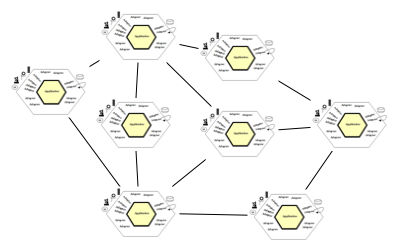Everyone wants to talk about microservices. Everyone even wants to do them, although they’re not really sure how – Martin Fowler’s initial write up left more questions than answers. Some of us have been designing light-weight distributed systems for years and I guess they finally have a name, but that doesn’t make them any easier. Whenever you take large monolithic behemoths (whether applications, ESBs, databases, or entire organizations) and start to rearrange them to manage complexity, you have to accept that it’s an iterative evolution but well worth it. Although technology alone is not the answer, a lot of new technology is emerging as a result of the microservices movement from linux containers, to management fabrics, to light-weight process technology.

On November 4th in NYC, we’ve assembled a group of leaders in the distributed application space including James Strachan, Tim Hockin Rob Davies, and Claus Ibsen. We’re going to be talking microservices but focusing on the hard problems: distributed application management, clustering, logging, continuous delivery, and more. The problems with microservices are not centered around what container technology, what JVM technology (Spring Boot vs Tomcat, etc), or what frameworks you use. That’s trivial. How you manage clusters, group them, discover them, scale them, and build and deploy them in an automated fashion – these are the problems of microservices that cannot be ignored or willed away.
The last time this conference was held it sold out super fast and was standing room only. If you’re serious about building microservices, consider attending this event – and do not delay registring – as it will fill up fast.
